Abrogation of Article 370 & 35(A), Ram Temple Bhoomi-Pujan and its association with the 5th of August needs to be understood in a broader framework. These incidents are two of the most remarkable events, occurred in recent history, that will be remembered and debated. But connecting these events with a particular date seems to be done with an idea to add a flavour of homogenization and unanimity. One important character to be observed in this storyline is the electronic media. We need to scrutinize the role it has played during the COVID crisis and the way it ensured that the middle-class remained stuck to the television screens.
The response and coverage by media in the case of Ram Temple Bhoomi-Pujan shows a stark difference in their approach from that of the Kashmir issue. The fundamental principle that they are supposed to follow is the coverage and reporting of the incidents as they are. They are expected to provide pieces of evidence and visual reality to their viewers. Unfortunately, in the case of Ayodhya, they moved beyond their set boundaries and role. Few media persons who were dressed in traditional attire, bowing down to Sadhus and reciting shlokas indeed raised the speculation of their unprofessionalism, biases and affiliations. Irrespective of their channel, choice, and charisma, the reporters, cameramen, political analysts, and anchors were all towing the same lines. Not even a single reporting firm was on a different note!
It seemed as if the Bhoomi Pujan had united them and all were working under similar guidelines or philosophy. Anchors and reporters appeared to be overwhelmed with joy and the words of praise were floating like Birudavali. Cameramen were trying to capture even the minutest details. The level of precision indeed deserves appreciation. Political analysts and representatives of political parties shifted from ‘debate’ to Shastrarth.
Also read: Strengthening democracy through scientific temper
This coverage of the minutest happenings at Ayodhya on the 5th of August evidently shows that the Indian Media neither lacks the skill nor the technology & reach. What is disturbing is the fact that such adroitness is neither shown while covering the ground problems of India nor while covering the international issues significantly affecting India. A mere coverage of physical events along with a narration echoing majoritarian lines and sidelining the gut-wrenching ongoing COVID crisis & related fatalities is deeply saddening. Media houses were using all possible means to make their set appear festive and attractive, just like they used to do on Diwali and Eid, further strengthening the agenda behind selecting 5th of August as a remarkable date. There exists no contestation over the fact that everyone has the right to choose and decide their religious associations but it is ethically, morally, professionally, and technically unjust if done at the stake of their profession. Another notable aspect of the coverage was the break-free telecast of the whole series of events. Even the capitalist vision failed to overcome communal favouritism!
Also Read: Democracy 2020: Are new ‘gods’ in the making?
What media blatantly ignored was the voice of the marginalized and minorities. This strengthened the perception of Indian media as a failed and rusted pillar of a dying democracy. Among several complexities that media missed was the changing stance of opposition parties (especially the Indian National Congress), rising support for the majoritarian ethos, how religion is acting as opium for unemployed and poverty-stricken masses and the social scenario of country post this event. In all this space, we as a country lost an opportunity to promote diversity and progressive ideas. In an era where history is manipulated and the icons are kidnapped, it is imperative to avoid comparison of any individual with Lord Ram, or even Gandhi in order to save the ideas and spirit of our country.
Disclaimer: The views expressed in this article are of the author solely. TheRise.co.in neither endorses nor is responsible for them.
About the author
Devashish Saurav, a TRIP intern is pursuing M.Sc Heritage Conservation and Management from Wildlife Institute of India,UNESCO C2C.

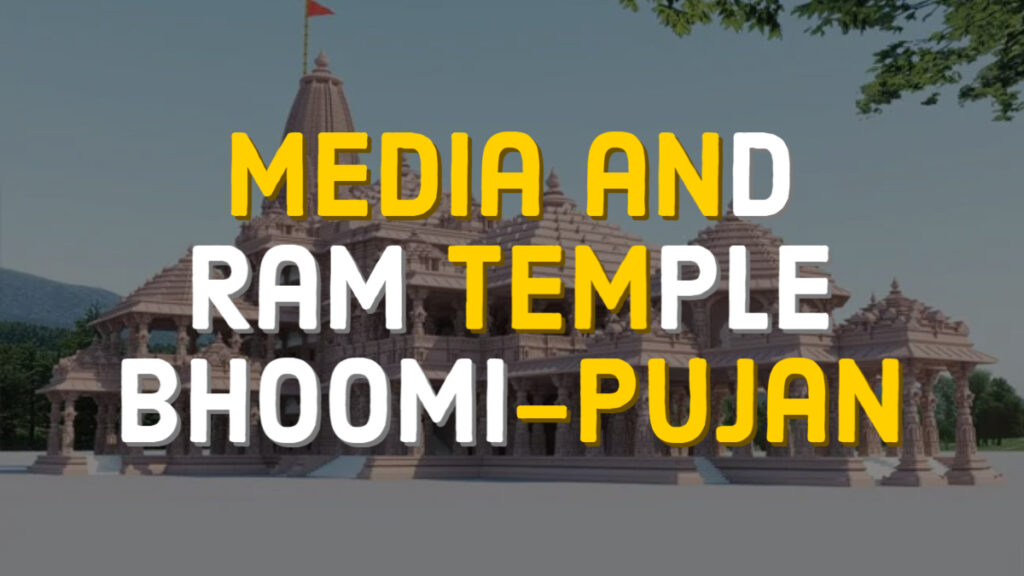

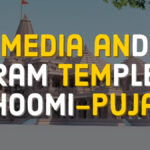
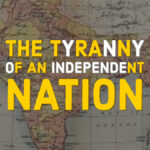


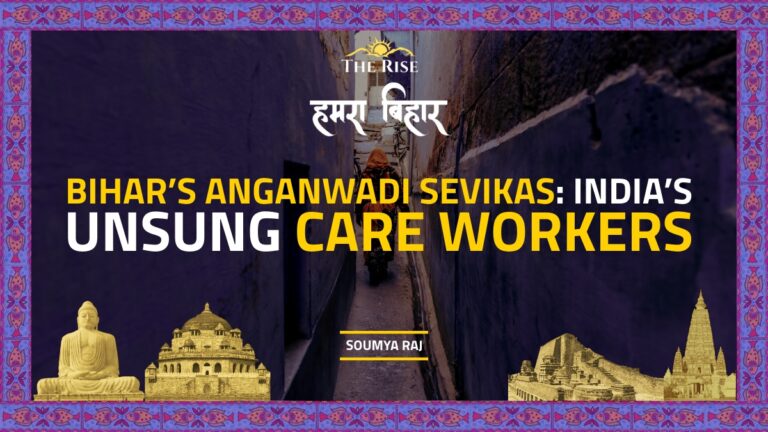
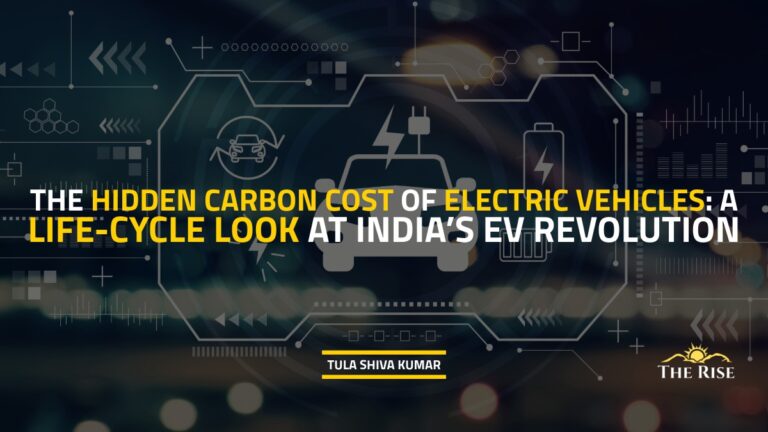
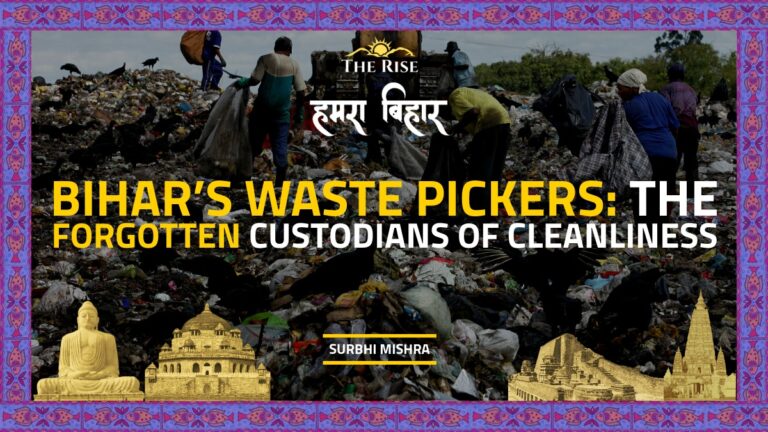
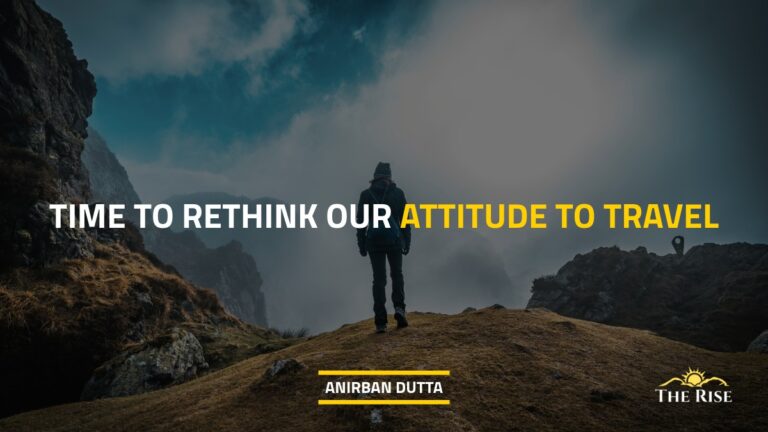
I like your work u r so hardworking guy …
According to my point of view. Todays media focusing on the TRP , they are not focusing on bihar , assam and poor people. …… in india only 5 6 debates are conducted on education and unemployment . More than 80 debates on Pakistan …. this is india …. people not focus on the fact focus on name .
This statement “History is manipulated in this era” is well said . Actually History people is studying in order to qualify civils rather than to utilize in their life . People’s hypocracy knew no boundaries …If they would have understood the true nature of History then this era would have been something else rather than playing a juggler show and showing participation and excitement , which I think is a kind of shit….😟
Media can talk of toilet can talk of temple can talk of religion
But not education. Because they know education only raises questions.
Exactly, the way the media put so much attention to detail to cover each and every aspect of the puja throughout its happening clearly shows that they have the means but of course the other real problems aren’t important enough to deserve that kind of media coverage. The selective eye of the media which turns blind towards the pain of Kashmiris, and sums up all the suffering of people in Bihar, Assam, Kerela and so many other places, under just a headline, is just so abominable!!